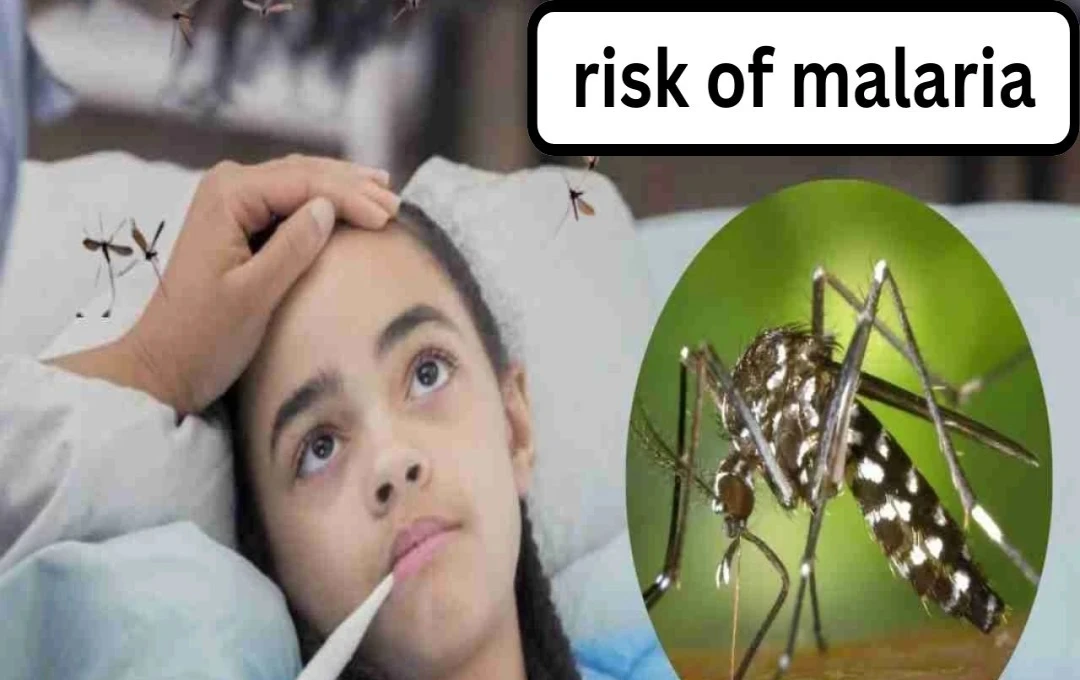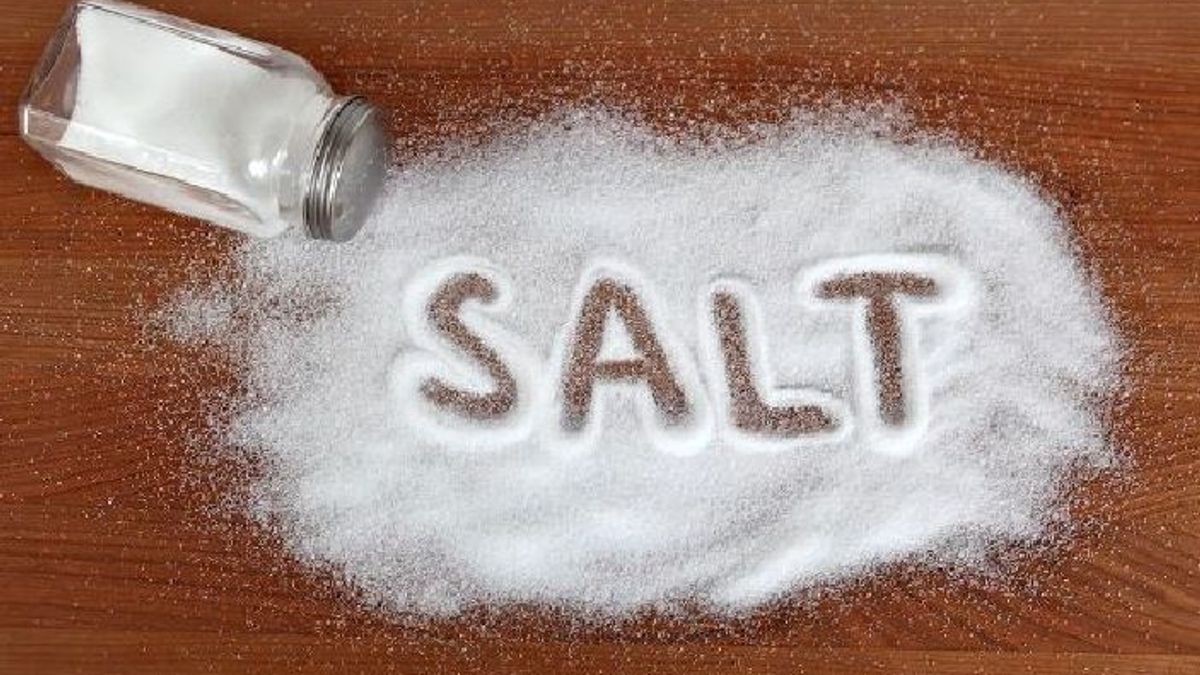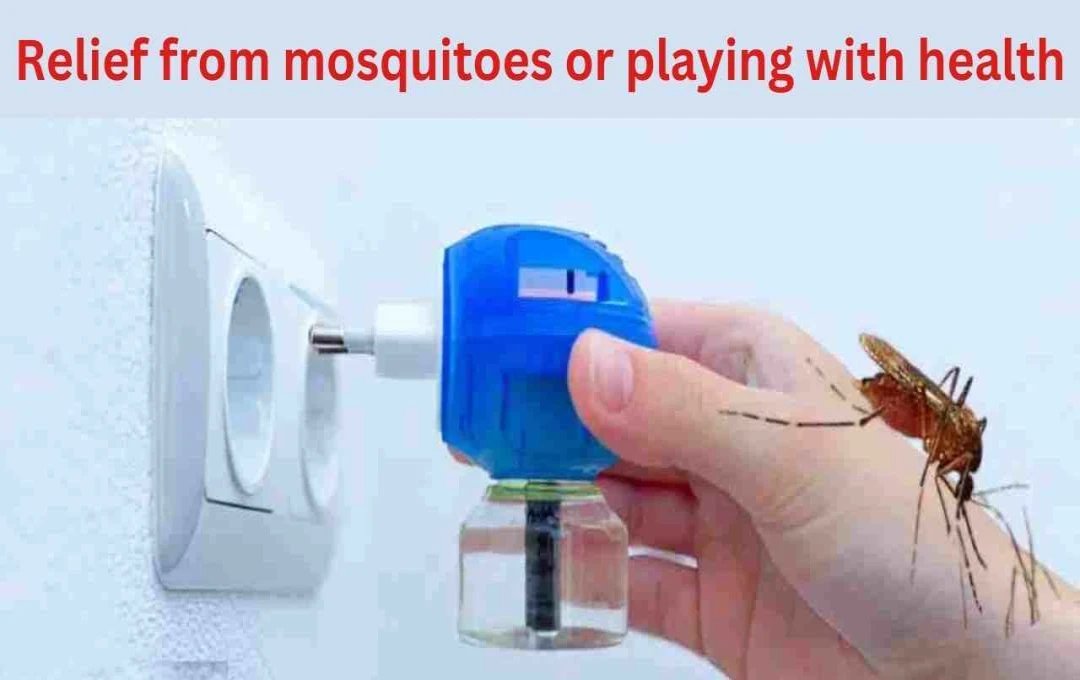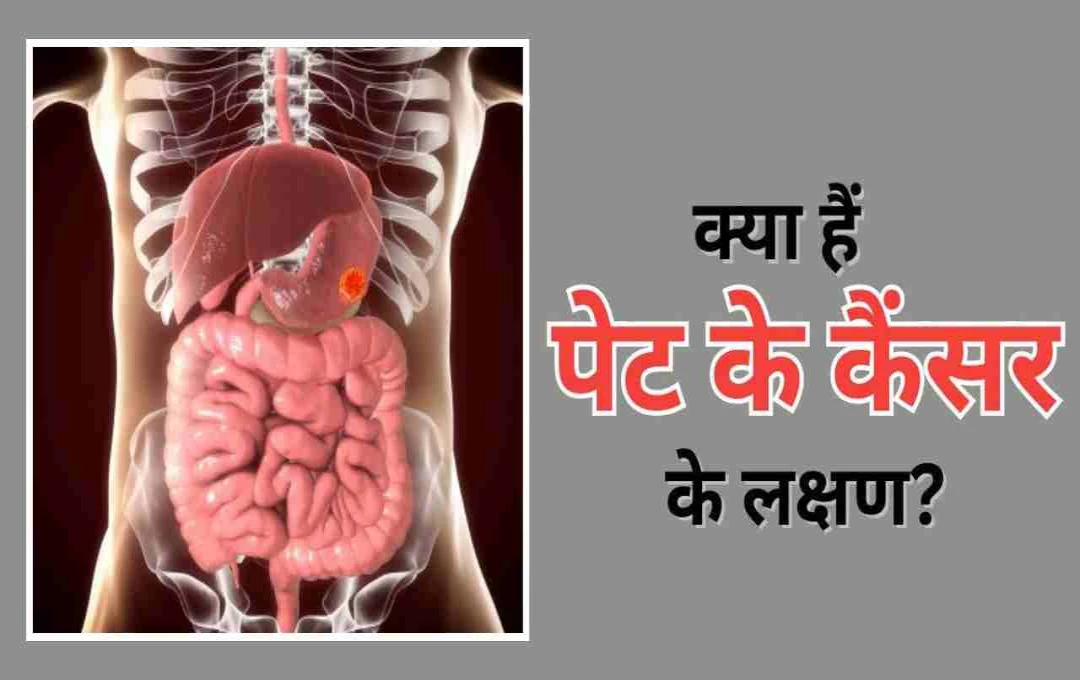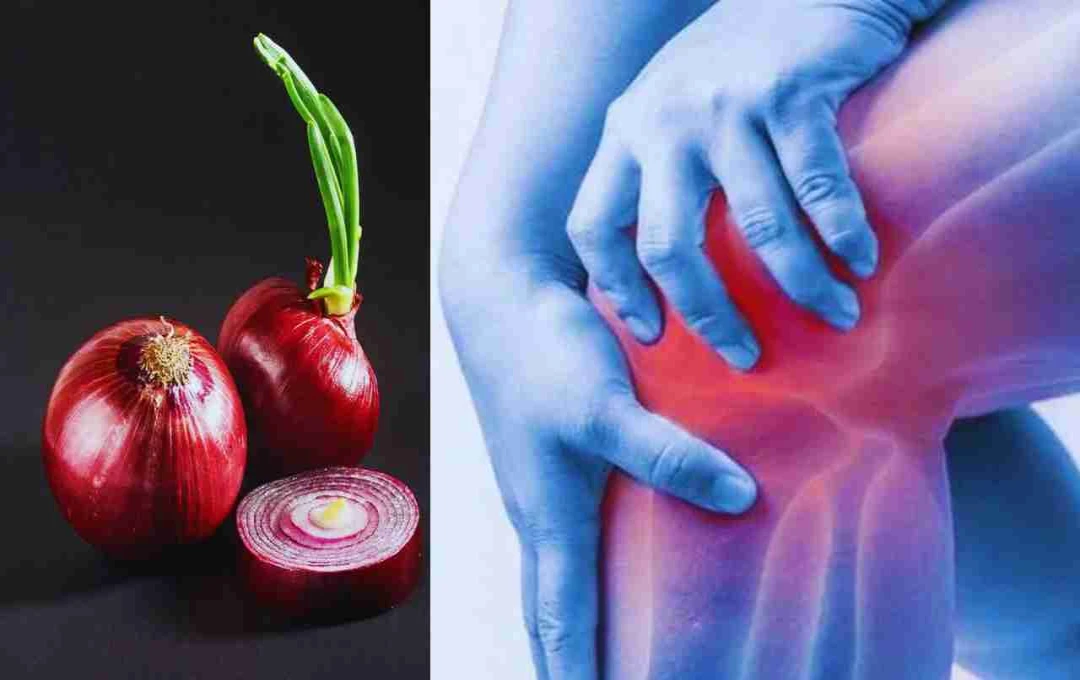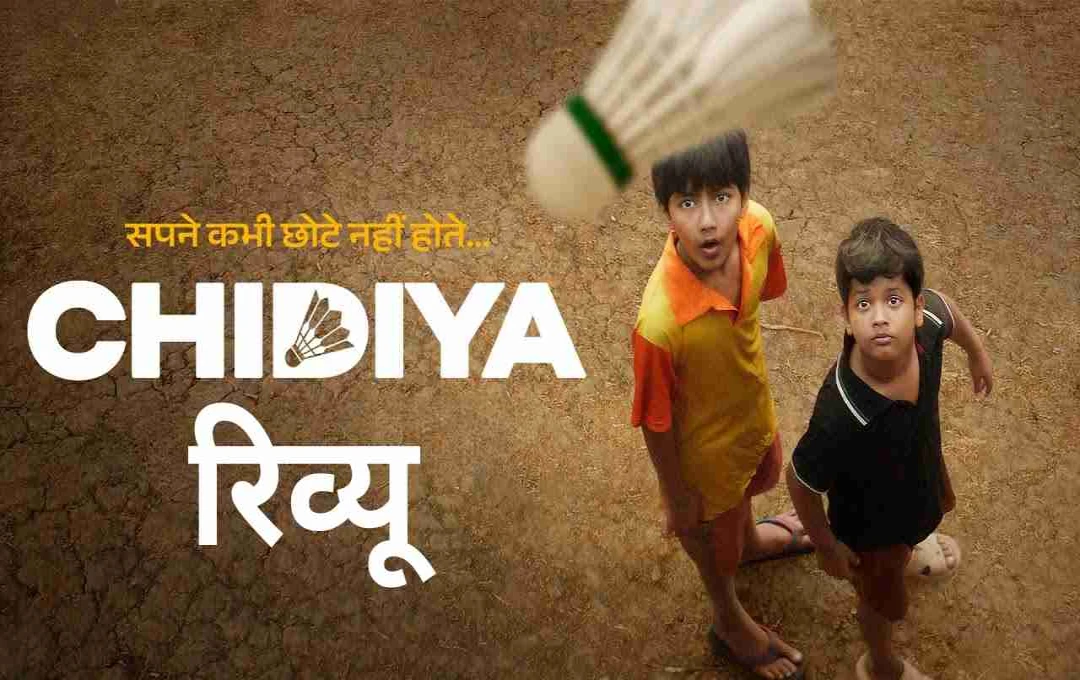World Malaria Day is observed annually on April 25th to raise awareness about this life-threatening disease. Malaria is a disease caused by the bite of the female Anopheles mosquito. When this mosquito bites a malaria-positive individual and then bites another person, parasites like Plasmodium vivax are transmitted, infecting the new individual.
If left untreated, this disease can become severe and even fatal within 24 hours. Although malaria cases in India have decreased in recent years, some states remain severely affected.
Malaria Situation in India: What do the Statistics Say?
Reports from the National Vector Borne Disease Control Programme (NVBDCP) of the Ministry of Health and Family Welfare indicate that India has recorded a reduction of over 97% in malaria cases and deaths. These figures are based on a comparison between 2000 and 2023.
The Indian government aims to eliminate malaria from India by 2030. Central and state governments are jointly undertaking various campaigns to achieve this goal. Nevertheless, the incidence of malaria persists in certain states.
Which States are Most Affected by Malaria?
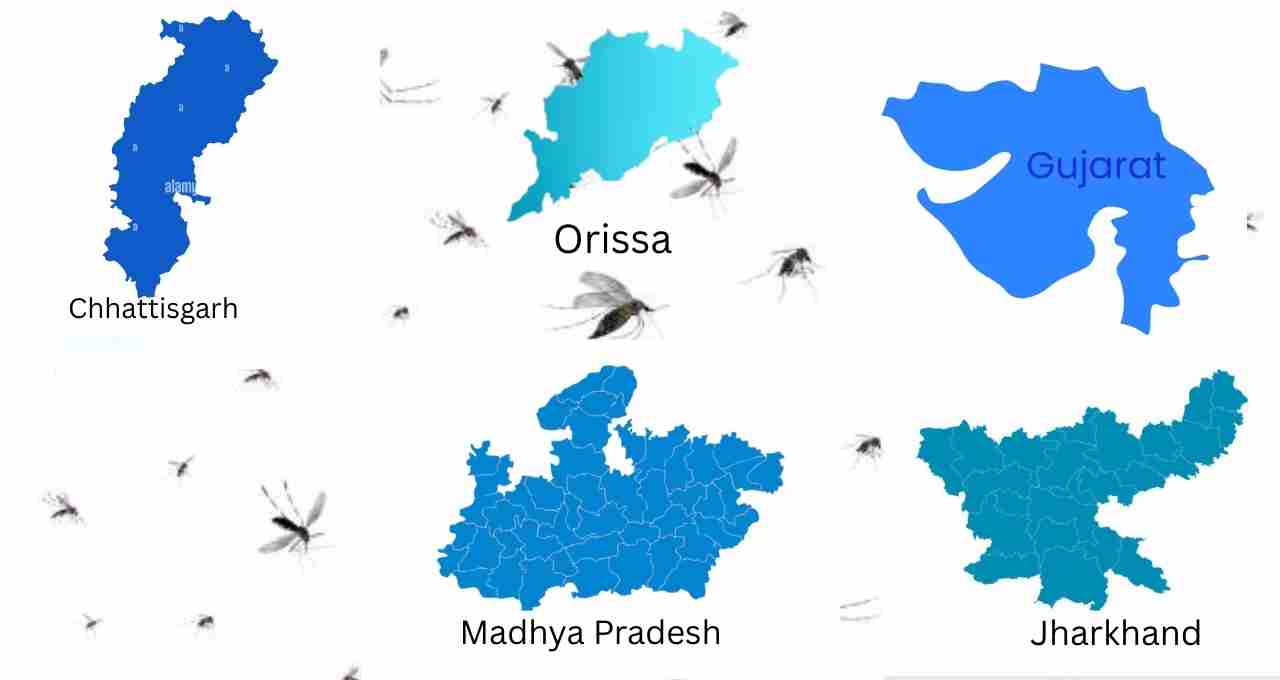
1. Chhattisgarh – Highest Number of Malaria Cases in the Country
Chhattisgarh consistently reports the highest number of malaria cases. Tribal and forest-fringed areas like Bastar, Sukma, Bijapur, and Kanker have become malaria hotspots. A significant portion of the population resides in villages and forests with limited healthcare facilities and awareness. Malaria spreads rapidly during the summer and rainy seasons.
2. Odisha – Thousands of Cases Reported Annually
Southern Odisha, particularly Koraput, Malkangiri, and Nabarangpur districts, are severely affected by malaria. These regions face economic hardship and limited healthcare access, posing significant challenges to malaria control. The state government launched the DAMaN (Durgama Anchalare Malaria Nirakaran) campaign for damage control, resulting in some improvement, but considerable work remains at the grassroots level.
3. Jharkhand – Threat of the Disease in Tribal Areas
Districts like Garhwa, Palamau, and Lohardaga in Jharkhand are heavily affected by malaria. The temperature, greenery, and waterlogging create a favorable environment for mosquito breeding. Coupled with limited awareness and healthcare in rural areas, this exacerbates the malaria problem.
4. Madhya Pradesh – Forest and Humid Areas
Thousands of malaria cases are reported annually in districts like Dindori, Balaghat, Shahdol, and Mandla in Madhya Pradesh. Dense forests and tribal communities relying on traditional or indigenous remedies contribute to the spread of the disease due to delayed diagnosis and treatment.
5. Gujarat – Increasing Infection in Rural Areas
In Gujarat, malaria is more prevalent in rural districts like Dahod, Panchmahal, and Narmada compared to urban areas. Waterlogging and unsanitary conditions during the monsoon season increase mosquito populations, leading to rapid infection spread.
Why Does Malaria Spread? Understanding the Major Causes
Malaria is a serious disease in India, affecting thousands annually, particularly during the rainy season. But why does malaria spread? What are the real causes, and how can we prevent it?
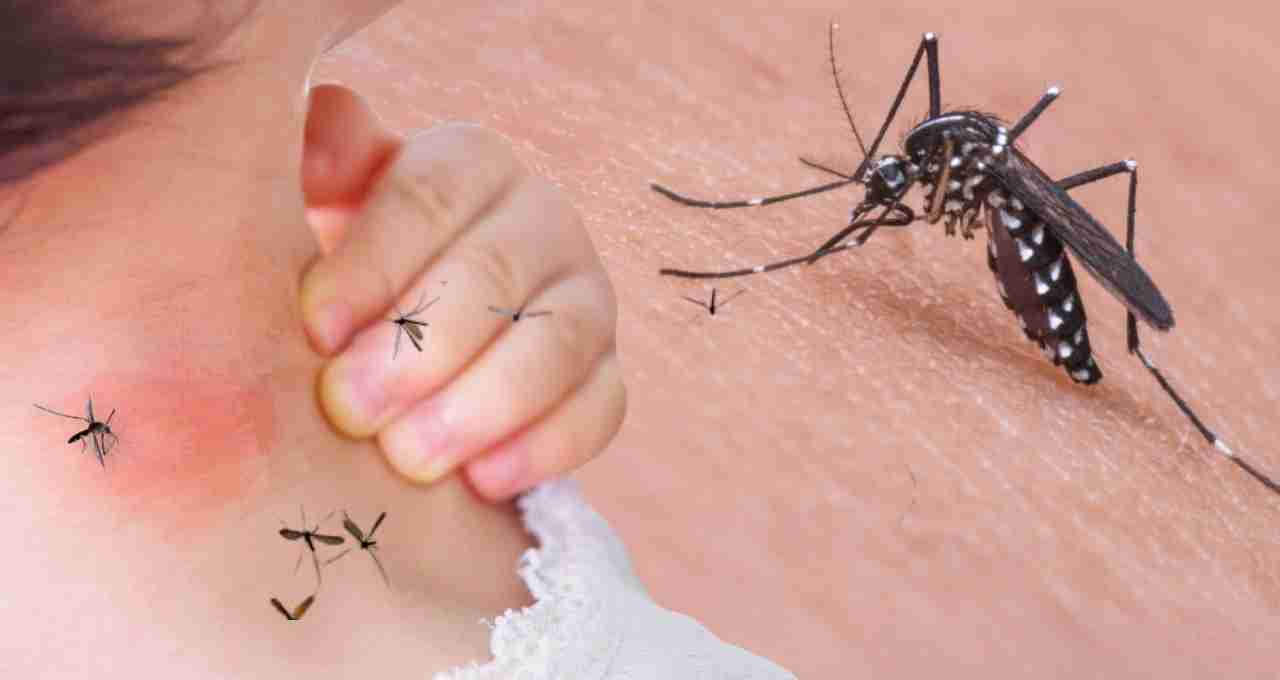
1. Geographic Location and Climate – A Favorable Environment for Malaria
India's diverse climate and geography vary across states. High humidity, forests, and marshy areas create ideal breeding grounds for mosquitoes.
How?
- Mosquitoes thrive in wet and humid environments.
- Mosquito populations are high in marshy areas and along riverbanks.
- Mosquitoes begin laying eggs after rainfall, leading to water accumulation.
- Limited Access to Healthcare – Timely Treatment is Unavailable
- Access to proper treatment remains challenging in many remote villages and tribal areas. There's a shortage of hospitals, doctors, and timely medication.
What are the Consequences?
- People fail to recognize malaria symptoms, delaying treatment.
- Lack of timely medication worsens the disease, potentially becoming life-threatening.
- Quack doctors often provide incorrect treatment, worsening the situation.
- Lack of Awareness – Malaria is Not Taken Seriously
- Many in rural and impoverished areas lack awareness about malaria transmission, symptoms, and prevention.
What are the Reasons?
- Fever is considered normal, with a belief it will resolve in a few days.
- Self-medication or traditional remedies are sought without diagnosis.
- Mosquito nets are not used, and hygiene is neglected.
Common Symptoms of Malaria
- High fever, intermittent in nature
- Chills and shivering
- Headache
- Body aches
- Vomiting and fatigue
Seek immediate medical attention if these symptoms appear. However, due to lack of awareness, people often seek medical help only when the condition has severely deteriorated.
2. Filth and Waterlogging – Mosquito Haven
Malaria-carrying mosquitoes breed rapidly in stagnant, dirty water. India faces poor drainage in many areas. Rainwater accumulates on roads, streets, and around houses, providing breeding grounds for mosquitoes.
Why Does This Happen?
- Drains remain clogged, lacking regular cleaning.
- Plastic bags and garbage contribute to water accumulation.
- Discarded containers, tires, broken pots, and water in tanks or coolers provide ideal breeding sites.
What is the Solution?
- Clean coolers and water tanks weekly.
- Fill waterlogged areas with soil or sand to prevent mosquito breeding.
- Maintain cleanliness and ensure regular drain cleaning.
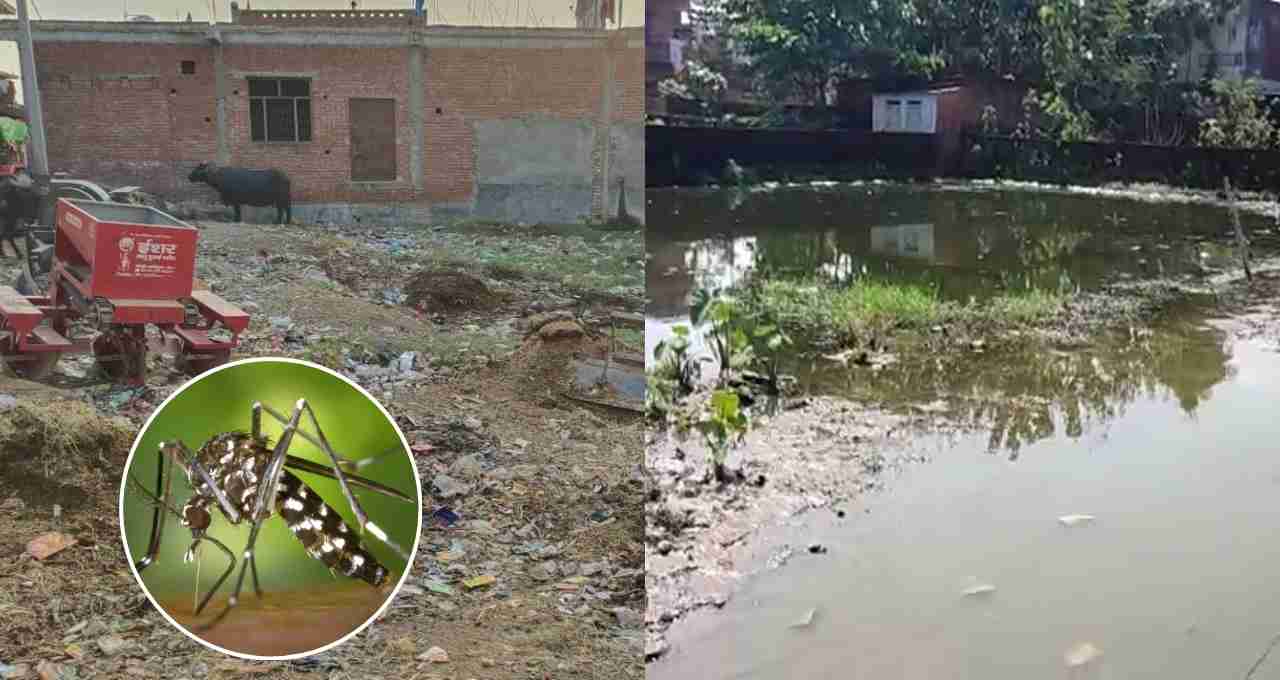
Who is Most Affected by Malaria?
According to WHO, the most affected groups are:
- Children under 5: Their weak immunity makes them susceptible.
- Pregnant women: Their reduced immunity increases the severity of malaria.
- Tribal communities: Living in forests and distant from healthcare.
- Migrant workers: Lacking basic amenities.
- Disabled and elderly: Often experiencing delays in care and treatment.
Doctors' Advice: How to Prevent Malaria?
Dr. Sunil Rana, Senior Physician (Asian Hospital), states: 'India has made good progress in malaria prevention. However, awareness and testing facilities in forests and villages need strengthening.' He recommends:
- Regular use of mosquito nets
- Applying mosquito repellent creams to exposed skin
- Preventing stagnant water
- Immediate testing for fever
- Taking malaria medication only on doctor's advice
Global Impact of Malaria
According to WHO, 2023 saw 263 million malaria cases and approximately 597,000 deaths. 95% of these deaths occurred in Africa due to limited healthcare, mosquito net availability, and drug access. Countries like India have made significant progress in combating malaria in recent years, but the challenge is far from over.
- What Can You Do? – Easy Ways to Prevent Malaria
- Prevent waterlogging around your home.
- Regularly use mosquito nets.
- Protect children and the elderly from mosquitoes.
- Don't consider every fever normal – get tested immediately.
- Raise awareness in your village and community.
- Cooperate fully with government survey teams.
India has made remarkable progress in the fight against malaria. However, the battle remains incomplete until malaria is eradicated from every village, hill region, and tribal area. Government, health departments, and citizens must work together to defeat malaria.
